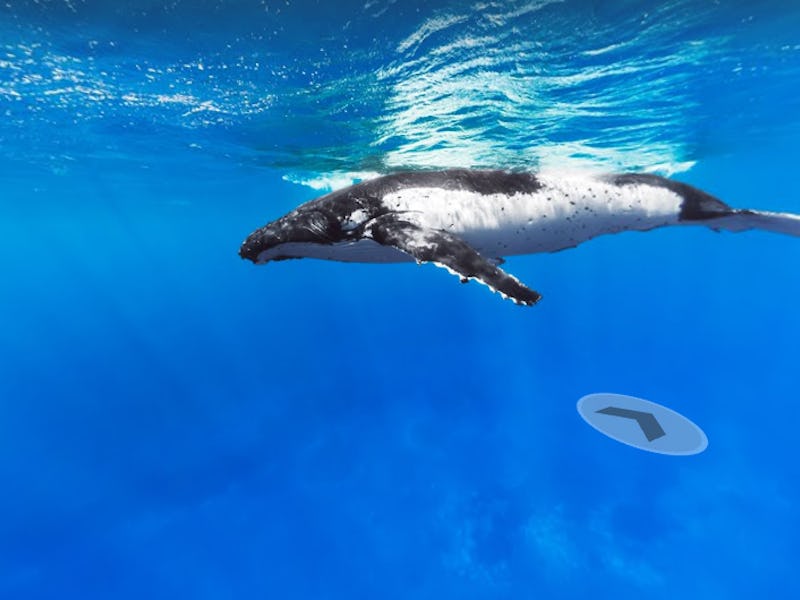Google Got Oceans Conservation Wrong Then Changed Its Strategy
The tech behemoth is celebrating World Oceans Day with pretty pictures, but it’s painting a dark portrait of our troubled seas.

Google’s Underwater Street View, which was just expanded for Monday’s World Oceans Day celebration, is almost certainly the strangest corner of the tech whale’s ever-expanding cartographic empire. The project has rejected being comprehensive in favor of being pretty: The site selection — the Great Barrier Reef, American Samoa’s Rose Atoll, and the Cook Islands are included — makes it the oceanic equivalent to a map of Menlo Park, Westchester County, and Grosse Point with all the bits in between cut out. Google, which deserves a lot of credit for financing the program at all, wants us to care about the oceans because they’re beautiful. But the oceans aren’t actually beautiful, which is why the company’s impressive technology is, in just this one strange case, working against its good intention.
The Street View tech, a set of cameras with CMOS sensors and an electronic rolling shutter that spits out stitchable imagery, can be weaponized in a host of different ways. The rig can sit on top of a car or in a backpack or in a waterproof housing. It’s a killer app for rendering 3D environments and creating an endless font of memes. What it isn’t, is a good way to deliver non-visual data.
That’s a problem in the oceans.
Visually, the oceans aren’t much to look at. A small proportion of our seas are dense with coral and life, but they mostly consist of open water. They are, to put it bluntly, shades of blue running into shades of black. This is why many of the animals who live in the ocean can echolocate or respond to magnetic fields or smell blood from a hundred miles away or sing to each other from thousands of miles away. With the exception of the places Google Ocean View has gone — and alternatives closer to the poles — this is not a place to go sightseeing.
The water is full of information, but it’s a different type of information that humans are used to processing. And that’s the problem with Street View as environmentalism (there are no problems with it as a fun interface): It shows the exception rather than the rule. It doesn’t further a lie, but it doesn’t necessarily speak to the vast, aquamarine truth. This is not a choice Google’s conscientious execs are making, just a product of the technology they’re using.
The nice, diver-friendly parts of our oceans are attractive, but they’re not representative of much and certainly not representative of the most critical issues (acidification, plastic garbage, overfishing) facing the environment. Impressively, Google seems to be aware of that fact and is making strides towards a technological pivot. Rather than spending time scoping the Mola Mola on Ocean View, take a look at Global Fishing Watch, the tech giant’s collaboration with Oceana and SkyTruth. It’s in the prototype stage, but this global look at fishing is supplying the exact sort of information we need to help the oceans.
The program isn’t much to look at, but it shows information that matters and constitutes and impressive dive into deeper waters.